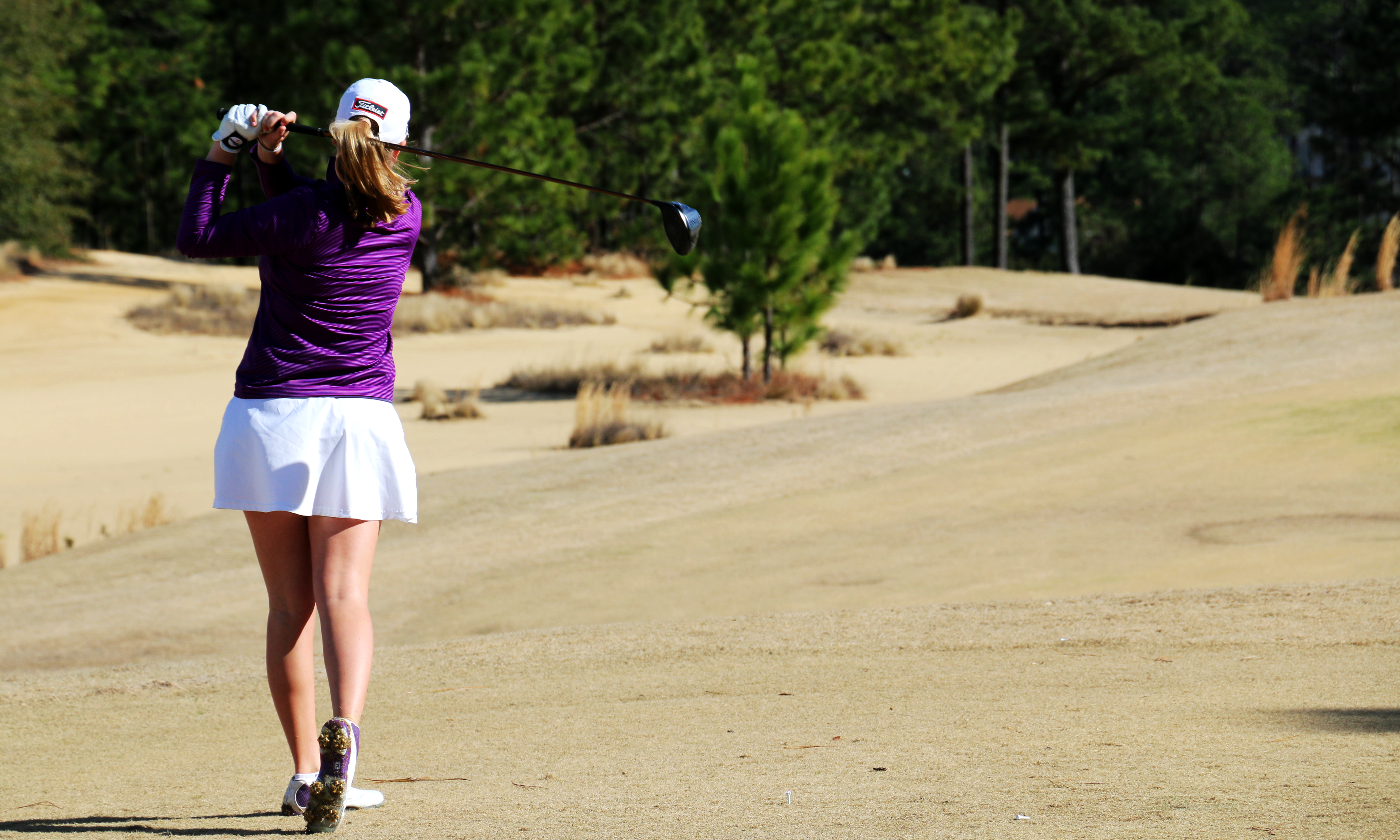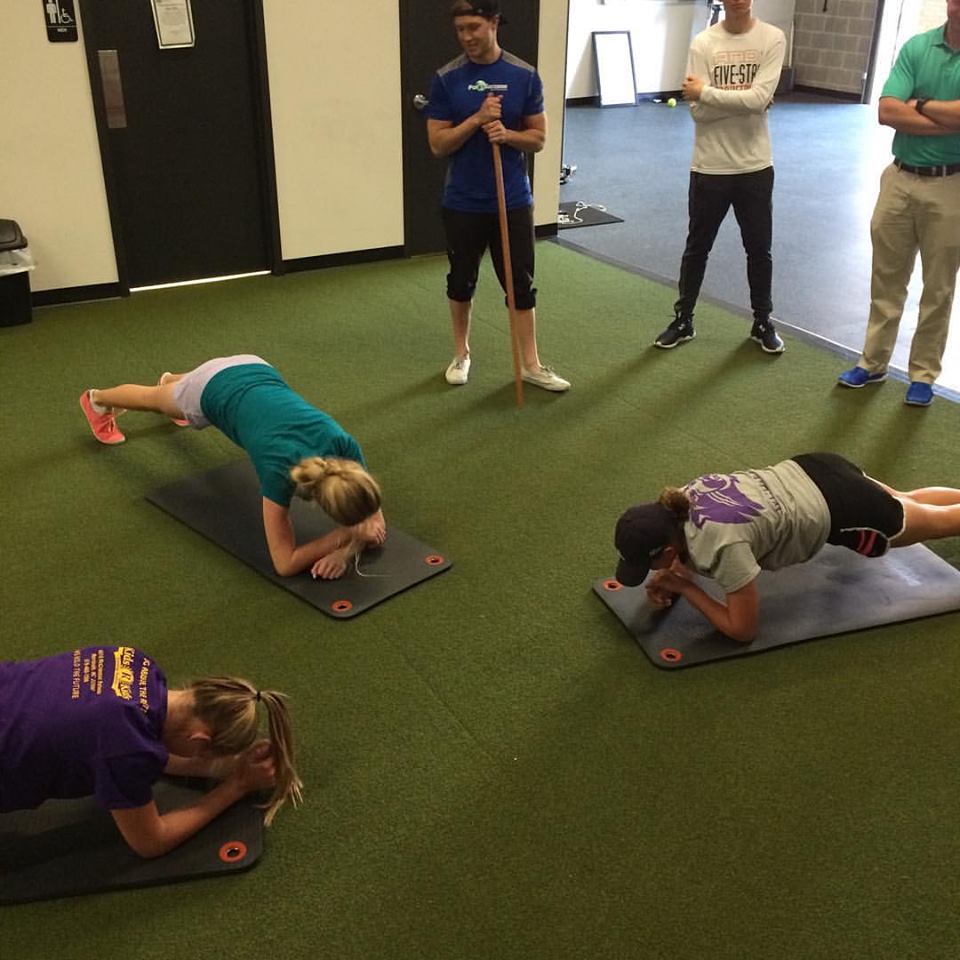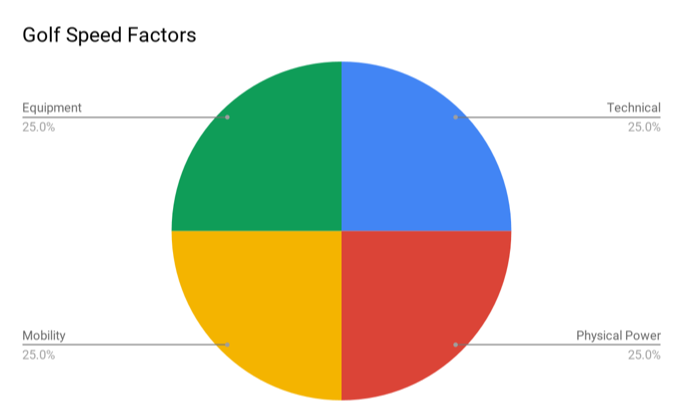Playing college golf is the dream of most competitive junior golfers and their parents. There is tons of time, effort and money spent on the endeavor to give the junior golfer every possible opportunity to improve, learn and perform at their highest level. There are many unknowns for parents and the players as they start this endeavor, however.
One of the biggest challenges every year is figuring our what tournaments to play in so that college coaches will notice you. There is a bit of science and a bit of art to this, of course. There has to be a blend between playing in tournaments that are played near where the junior wants to go to school as well as locally. There also needs to be a mix of local, state, regional and national level events depending on the level of the junior and their aspirations. There certainly is not a lack of choices when it comes to options with over 400 of them in the Carolinas alone in 2018.
Tournament selection can be daunting for families, but luckily there are resources and experts in this arena such as Brandi Jackson Golf who can help you navigate the waters of tournament selection to be recruited. The other aspect in tournament selection, of course, is knowing when to play which level throughout your development and this is where a great coach with your long term development in mind can be an amazing asset. If you haven’t already, please make sure to bring this up to your coach and ask them to help you develop a tournament plan and schedule for the year.
Obviously the tournament scene is incredibly important for being recognized and compared against other talent in the world to play in college. But, is there an objective measure that you can strive for to give yourself the best chance to play college golf? Is there a score or another metric that you should be striving for? The answer is that it depends on a number of factors, but score is definitely the top objective mark you can look at. Depending on what level college golf you are looking to play, this mark moves with the trend towards lower for the higher level school you are looking at. For boys, shooting around par and for girls shooting in the mid to low 70’s will definitely get you looks from top schools in the country.
This first challenge of tournament selection and what you need to shoot and how recruiting works is all pretty well documented but hopefully the brief summary above gives you a quick review or intro depending where you are in the process. What follows is not so widely shared or known until now, however.
Over the past four years at Par4Success, we have been working with and testing much of the best talent in junior golf in the state of North Carolina and throughout the country. From all of this testing, we have been able to identify a number of top metrics in the physical realm that you should be striving for if you want to play at the next level. Today we are going to be addressing club head speed and how fast is fast enough? This is an incredibly important question to answer.
On the LPGA and PGA Tours, it is very clear that length matters with most of the top money earnings being the longer hitters. Before we go any further, however, please do not mistake the previous statement to mean that you “have” to be a super long hitter to play on tour. The stats clearly show, however, that length helps a ton when it comes to the dollars, check out the full article here.
When children are little, I am sure all parents reading this remember being told by the physician what percentile your child’s height and weight were. It doesn’t tell you how tall they will be, how good of an athlete they will be or anything else predictive. It does, however, give you an idea of where you child stands compared to other children of the same sex and age at that moment. We have done exactly that for club head speed based on age and sex. The percentiles that follow below are meant to help you see where you stand compared to others in your age ranges and give you an idea of where you need to get to if you want to be competitive at the next level.
The 50th percentile shows you how fast the average junior in that age grouping swings the club. If you are at that number, what that means is that 50% of people swing faster than you and 50% swing slower. You are squarely in the middle of the population. Please note that each mph is equivalent to just under 3 yards off the tee assuming all launch conditionings are the same. What that means is that for 10-16 year old boys the difference between the 50th percentile and the 99th percentile is a whopping almost 60 yards! For girls in that same age group the difference between 50th and 99th percentiles is around 40 yards! Those are huge differences when it comes to determining what club you will have into the green.
The next logical question for everyone not in the 99th percentile, of course, is probably “how do I get more club head speed?” That answer lies in science and one of the four quadrants of speed. The four quadrants that a player can gain speed in are improving technical efficiency, improving equipment to match the player’s needs of speed and also accuracy, improving mobility to allow full rotational capacity and improving power. Power is the simple sum of how much force a player can generate plus how fast they can produce that force. Simply put, Power = Strength + Speed.
Be on the lookout for the upcoming article on the top three power tests that we found related to producing club head speed! These three tests have a very high correlation to club head speed and can shed light for you as to which quadrant you should be focusing on to improve your speed. If you don’t want to wait for the next article, check out the full free research report with all of the numbers from age 10-65+ that we have on our website. You can download the full free report here.
The moral of the story is that the game of golf is easier when you can hit it farther off the tee and at the highest of high elite levels, it pays millions. If you want to play in college, these are the club head speeds of the other juniors you are competing with for scholarship dollars and playing time. Benchmark yourself today and then put together a plan to reach your goals both in scoring and speed.
At Par4Success, our speciality is the speed category and making sure you can do whatever you need to in your swing physically to score better. The average junior, based on our research and in our programs, will see over 3 mph gain (~10 yards) in 12 weeks or less and many see much more; 50% more when they use the specific type of power and strength training most dialed in for juniors based on their developmental level. Let us know if we can help you reach your goals!









Leave A Comment